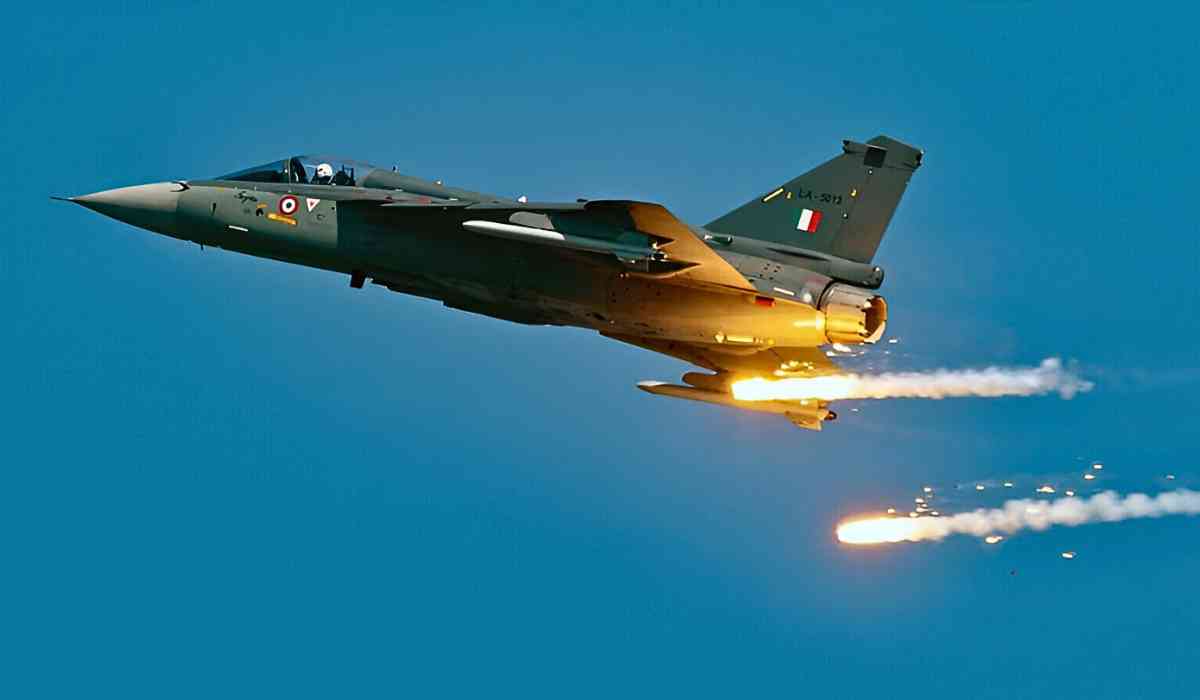On May 10, 2025, the Indian Air Force (IAF) carried out a series of four air-launched missile strikes on key Pakistani military targets, marking a major escalation in tensions between the two nuclear-armed neighbors. The attacks left Pakistan scrambling for a response and ultimately forced Islamabad to seek a ceasefire with outside help. This article explains what happened, why it matters, and what it means for the region.
What Happened on May 10?

In the early hours of May 10, IAF fighter jets launched precision-guided missiles at several Pakistani airbases and military installations. The first strike targeted the northern command and control center at Nur Khan Airbase near Islamabad, using a combination of Rafale-launched SCALP missiles and SU-30 MKI-launched BrahMos missiles. The attacks continued throughout the night, hitting other bases such as Jacobabad and Bholari, and reportedly damaging six major airfields across Pakistan.
Satellite images and reports confirmed significant destruction at several airbases. For example, at Nur Khan Airbase, buildings and infrastructure were severely damaged, and at Bholari, a large hole was left in a hangar. The runways at Rahim Yar Khan and Mushaf airbases were also rendered inoperable by large craters, effectively grounding many of Pakistan’s fighter jets. The IAF claimed that these strikes destroyed about 20% of Pakistan’s air force assets and caused over 50 casualties.
Pakistan’s Response and the Ceasefire
Pakistan quickly launched a counter-operation called “Bunyan al-Marsoos” (Lead Wall), targeting Indian airbases and military sites in Kashmir, Punjab, and Rajasthan. However, this retaliation lasted only about eight hours before Pakistan sought urgent help from the United States to broker a ceasefire. According to sources, Islamabad’s desperation for outside intervention signaled the pressure it was under after the Indian strikes.
Pakistan’s military spokesperson claimed that all strategic assets remained safe and that most missiles were intercepted by their air defense systems. However, eyewitnesses reported damage to runways and nearby residential areas, with injuries to at least four people.
Why Did This Happen?

The conflict is part of a long history of tension between India and Pakistan, but the immediate trigger was a series of earlier attacks and counterattacks. India accused Pakistan of launching missile attacks on Indian airbases, and in response, the IAF expanded its targets to include Pakistani military installations. Both sides have accused each other of aggression, but the scale and precision of the Indian strikes were particularly notable.
What Does This Mean for the Region?
The events of May 10 highlight several important points:
-
Precision Strikes and Modern Warfare: The IAF demonstrated its ability to target and disable enemy airbases with precision, using advanced missiles and technology. This kind of warfare is fast, deadly, and can quickly change the balance of power on the ground.
-
Vulnerability of Airbases: The attacks exposed the vulnerability of Pakistan’s airbases, especially those near the border. Damaged runways and hangars mean that many fighter jets cannot take off or land, crippling air force operations.
-
Economic and Military Strain: Pakistan’s military modernization has relied heavily on loans from China to buy advanced jets and air defense systems. The destruction of these assets puts extra pressure on Pakistan’s already struggling economy.
-
Risk of Escalation: Both India and Pakistan have nuclear weapons, and any major conflict carries the risk of spiraling out of control. The quick ceasefire, brokered with US help, shows how dangerous the situation could become if not managed carefully.
It is important to understand both sides of the story. India claims it acted in self-defense after Pakistani attacks, while Pakistan accuses India of aggression and provocation. The truth likely lies somewhere in the middle, with both countries reacting to perceived threats and trying to protect their own security.
The use of advanced missiles and drones in modern warfare means that conflicts can escalate quickly, with devastating consequences for civilians and military personnel alike. The international community, especially the United States, played a key role in preventing further escalation by helping to arrange a ceasefire.
Final Note
The IAF’s four air-launched missile strikes on May 10 left Pakistan on the defensive and forced Islamabad to seek outside help for a ceasefire. These events show how quickly tensions can rise between India and Pakistan, and how modern technology has changed the way wars are fought. While both sides claim to be acting in self-defense, the real victims are often civilians caught in the crossfire.
For the region, the lesson is clear: dialogue and diplomacy are more important than ever. Without open communication and international cooperation, the risk of a larger conflict remains high. The world will be watching to see how both countries move forward after this dangerous escalation.
With inputs from agencies
Image Source: Multiple agencies
©️ Copyright 2025. All Rights Reserved. Powered by Vygr Media.
























